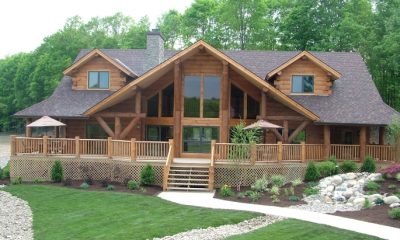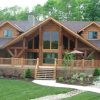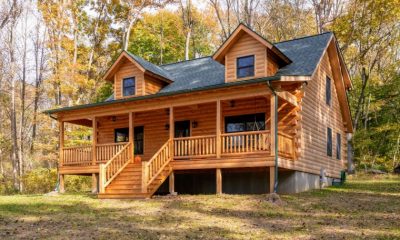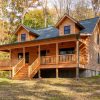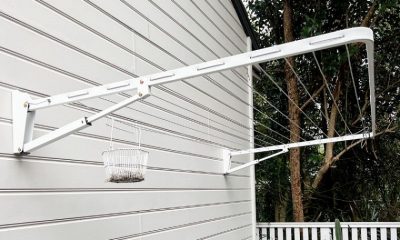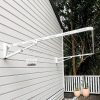House & Garden
A Homeowner’s Dream: the Benefits of Modular Homes
When you’re planning to build a new home, you are bound to come across the term“modular house”. Unfortunately, you might hear/read some misinformation about it, as many people tend to associate modular houses with the conventional mobile home or trailer. In fact, this couldn’t be further from the truth. The way modern modular homes are designed makes it impossible for anyone to tell a difference compared to the traditionally constructed home.
A modular home is manufactured in a climate-controlled factory environment, far from the lot where it’s supposed to stand. It’s built in separate pieces, called modules, complete with electrical wiring, doors, windows and other elements. These modules are then delivered to be assembled on the site of your choosing. And this unique construction process is the reason modular homes have many advantages over those built on site.
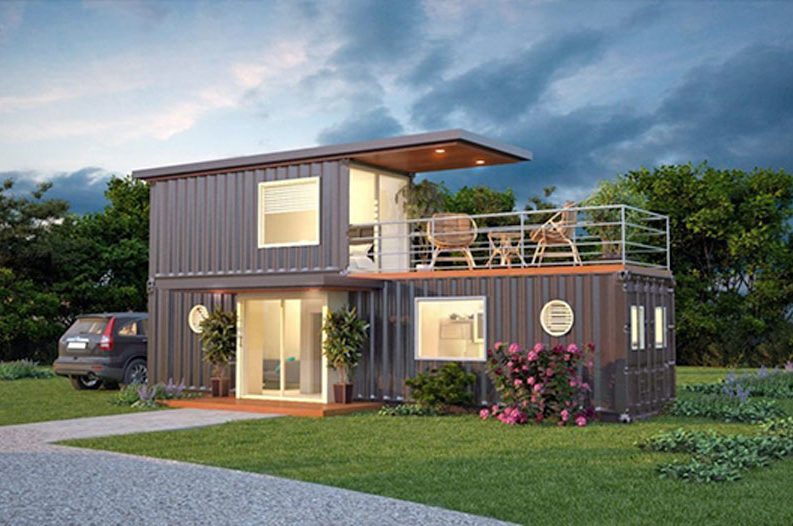
The Possibilities Are Endless
When seeing the futuristic prefabricated buildings by modern architects, people often associate modular homes only with modern design. However, modular homes can be built in a variety of styles according to your liking, from cutting-edge, urban dwellings to rural barn designs and traditional styles. Whether it’s a three bedroom modular home or a small prefab cottage, its look and size are only limited by your imagination. And best of all, if state building codes allow, you can modify or upgrade your home’s existing look at any time in the future, without undergoing expensive and time-consuming remodelling.
Reduced Construction Time
It might sound unbelievable, but building a three bedroom modular home in a factory takes 1/3 of the time needed to construct the same design on-site. With good luck and careful planning, you’ll be ready to move into your new home just in a few weeks after selecting it. This is mainly because prefabricated homes are constructed in a controlled environment, where there’s no risk of bad weather or other outside factors delaying the process. Additionally, the automation of repetitive tasks helps save labour and improves the productivity of workers who are responsible for more specialized tasks, thus speeding up the whole process. And once the various “modules” of the home are ready, they can be shipped within a couple of days and assembled together on site in a short time.
Better Quality
The fact that the construction process is automated and controlled in a closed environment, means there’s little room for mistakes to happen which helps improve quality standards. Additionally, the materials are not exposed to the outside elements, which helps reduce the risk of mould and structural damage. And since prefabricated homes need to withstand the wear and tear of being transported and assembled, it means they are built to be much stronger in order to successfully pass building standards and codes.
Writing for the blog since 2012, Chris simply loves the idea of providing people with useful info on business, technology, vehicles, industry, sports and travel – all subjects of his interest. Even though he sounds like quite the butch, he’d watch a chick flick occasionally if it makes the wife happy, and he’s a fan of skincare routines though you’d never have him admit that unless you compliment his impeccable skin complexion.

